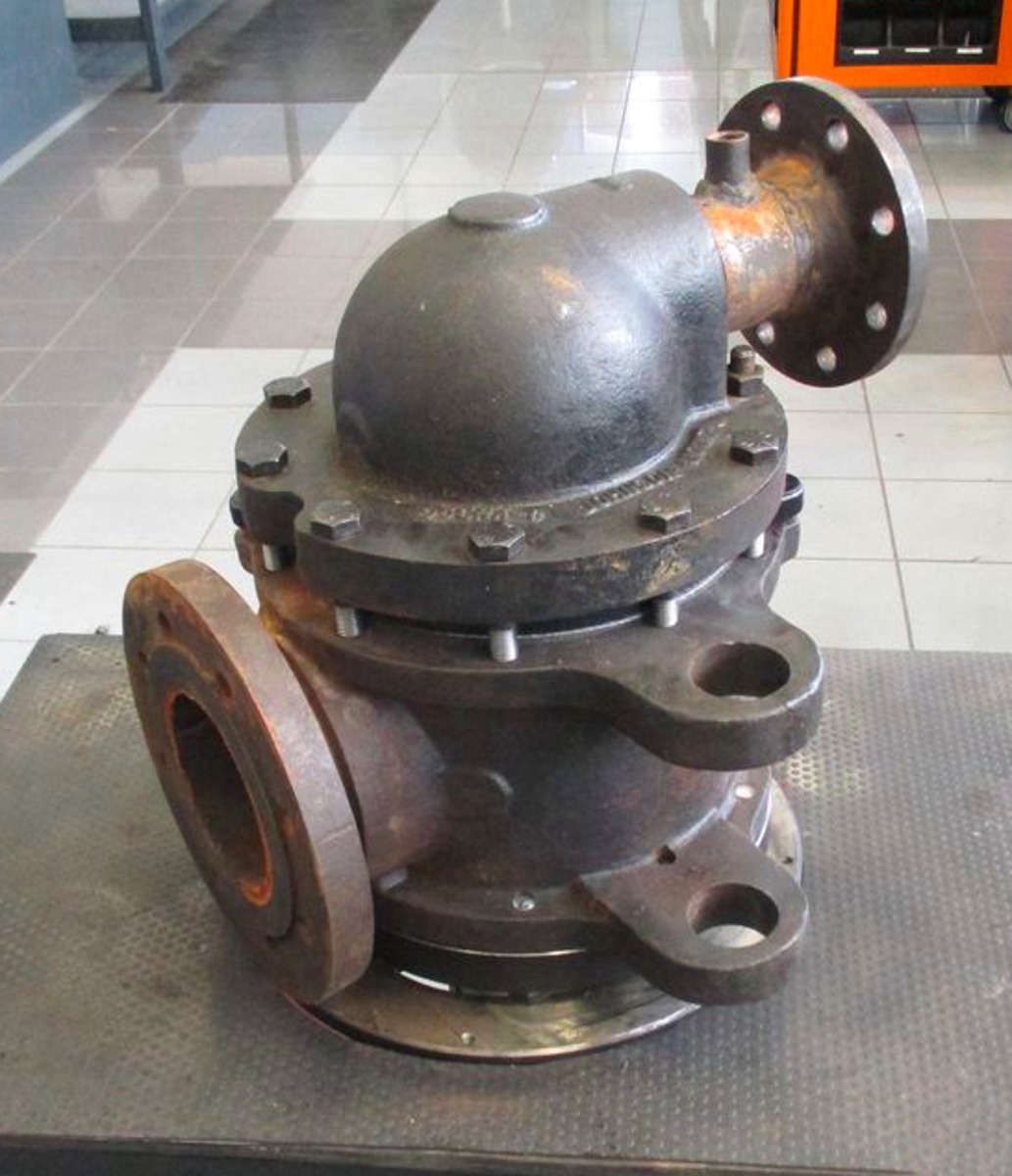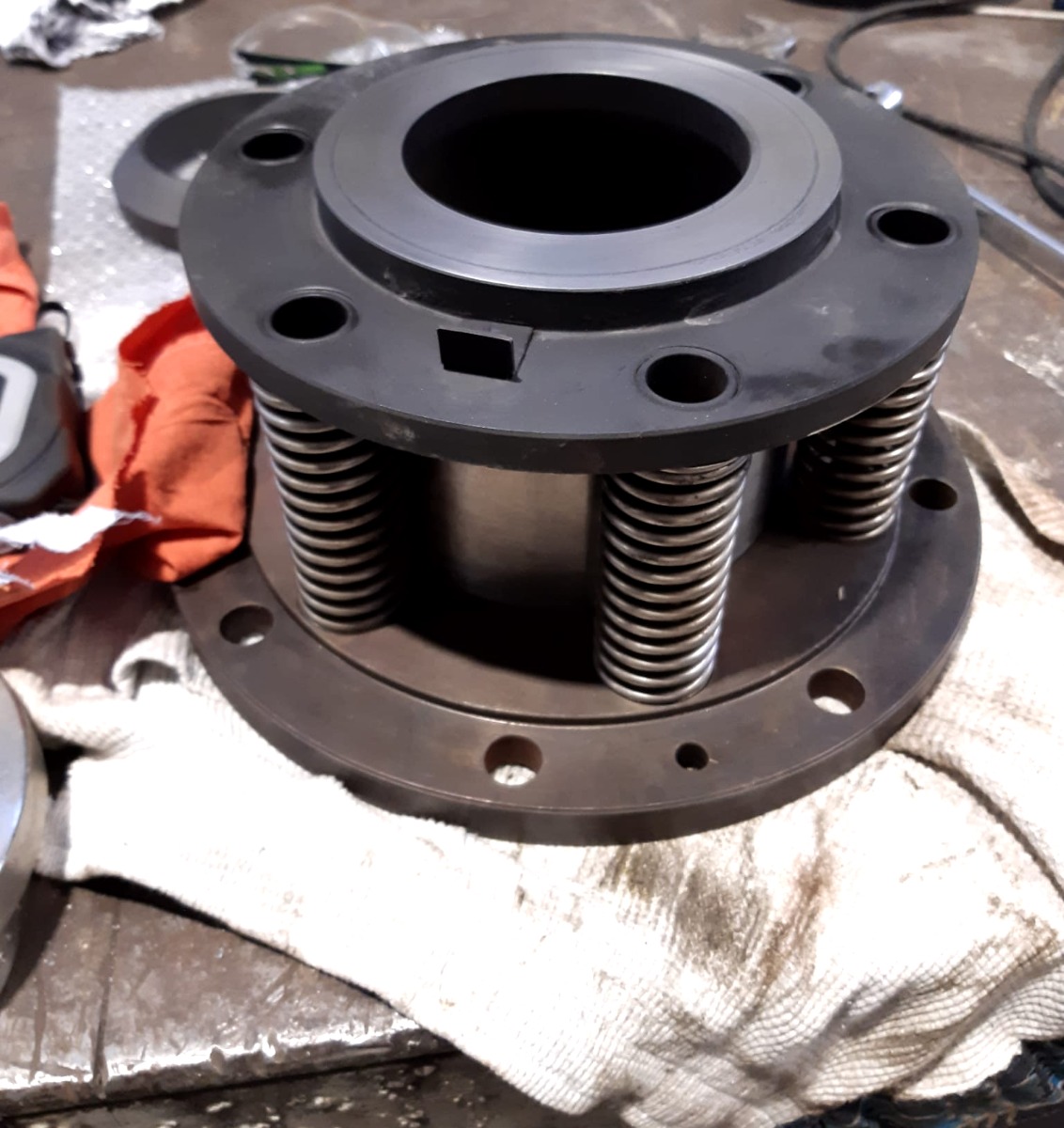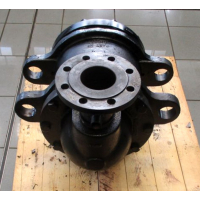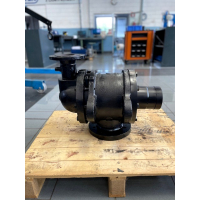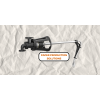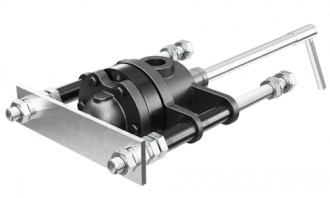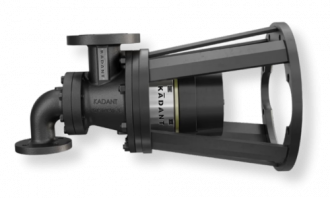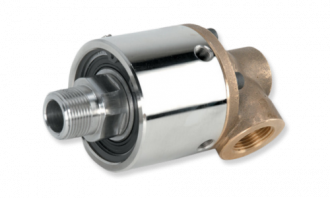Rotary joints always as good as new: maintenance, reconditioning and regeneration according to Johnson-Fluiten
Prevent is better: this is Johnson-Fluiten's philosophy regarding maintenance.
Personalized after-sales service that is attentive to each customer's needs leads to minimizing the need for invasive interventions or unscheduled downtime, while the experience and expertise of the company's technicians allow them to restore rotary joints to optimal condition in a short time if necessary. We talked about this with Danilo Volontè, the company's area sales manager.
In the event that a joint shows malfunctions, we suggest that the customer disassemble it and send it to us, then we examine it meticulously to evaluate if we should recondition it or replace it with a new joint, but in any case we guarantee that the joint we return to the customer will be fully functional, 100% as new, to ensure continuity in the production process and avoid costly downtime.
How often is it necessary to inspect the condition of rotary joints?
UAn average paper machine includes 40-50 joints that once installed should be able to operate smoothly for many years, with slight variations in service life depending on the type: an annual inspection is generally more than sufficient to identify any need for service. It is important to remind our customers that this service is offered free of charge by Johnson-Fluiten.
It may be the case that if the joint is disassembled and reassembled for business needs, it may once the machine is restarted manifest leaks. Obviously, this is not detectable when the plant is stopped. When the plant is stopped, we can only check for any signs of structural wear on the joint, but we cannot assess its functionality
What are the possible consequences of malfunctioning rotary joints that are not regularly monitored?
A malfunctioning rotary joint can have important consequences for the efficiency of the entire system; if one or more joints begin to lose steam (especially if this happens in a machine with only a few cylinders), the cylinder on which they are mounted must be shut down or closed. This reduces the efficiency of the machine and, consequently, productivity.
But, it is not just a matter of compromised profitability: a malfunction can be a significant safety issue.
In the event of a leak, the steam release at high temperatures and pressures can cause very serious burns to operators. In addition, the lack of steam forces the joint to work “dry,” reducing seal life. Continuing to operate under these conditions can cause friction between metal parts, generating burning sparks, with the risk of the paper, which is easily flammable, catching fire. To prevent such situations, we make sure that customers always stock consumable items such as seals or, better yet, our maintenance kits, to allow prompt action.
If a joint requires a complete reconditioning, we can replace it with a new or serviced one already in stock, and send the disassembled joint to Johnson-Fluiten for revision. In some cases, we can perform the service directly at the customer's site, provided the necessary spare parts are available.

Can you provide a real-life example of a customer who has benefited from your remanufacturing service?
Many customers send us joints to be inspected because, rather than performing maintenance work themselves, they find it safer to rely on the experts. So they disassemble the entire joint and send it to us for a complete refurbishment.
I can mention the case of a paper mill that is part of a major Italian group in the sector: a process has now been established with this client whereby every year they send us about ten joints for reconditioning. Of course, this implies that before sending the component to us, the customer has to check that he has other Johnson-Fluiten joints available in stock, so that they can be made operational immediately without affecting the mill's productivity. In case he forgot to order the new joint, our lead times on standard joints are very short. Not to mention consumable parts such as graphite, seals, or pistons, which are always in stock and for which we can deliver within a couple of working days.
How long is the average life of a remanufactured joint compared with a new one?
There is no difference: joints serviced and reconditioned by us are literally “as good as new”, will last just as long, and carry the same warranty. The service life depends on the type of use: high rotational speeds tend to decrease the life expectancy of the joint, but this still remains high; we ourselves are nicely amazed when in some companies we find our joints, never reconditioned, still fully functional after even more than ten years.
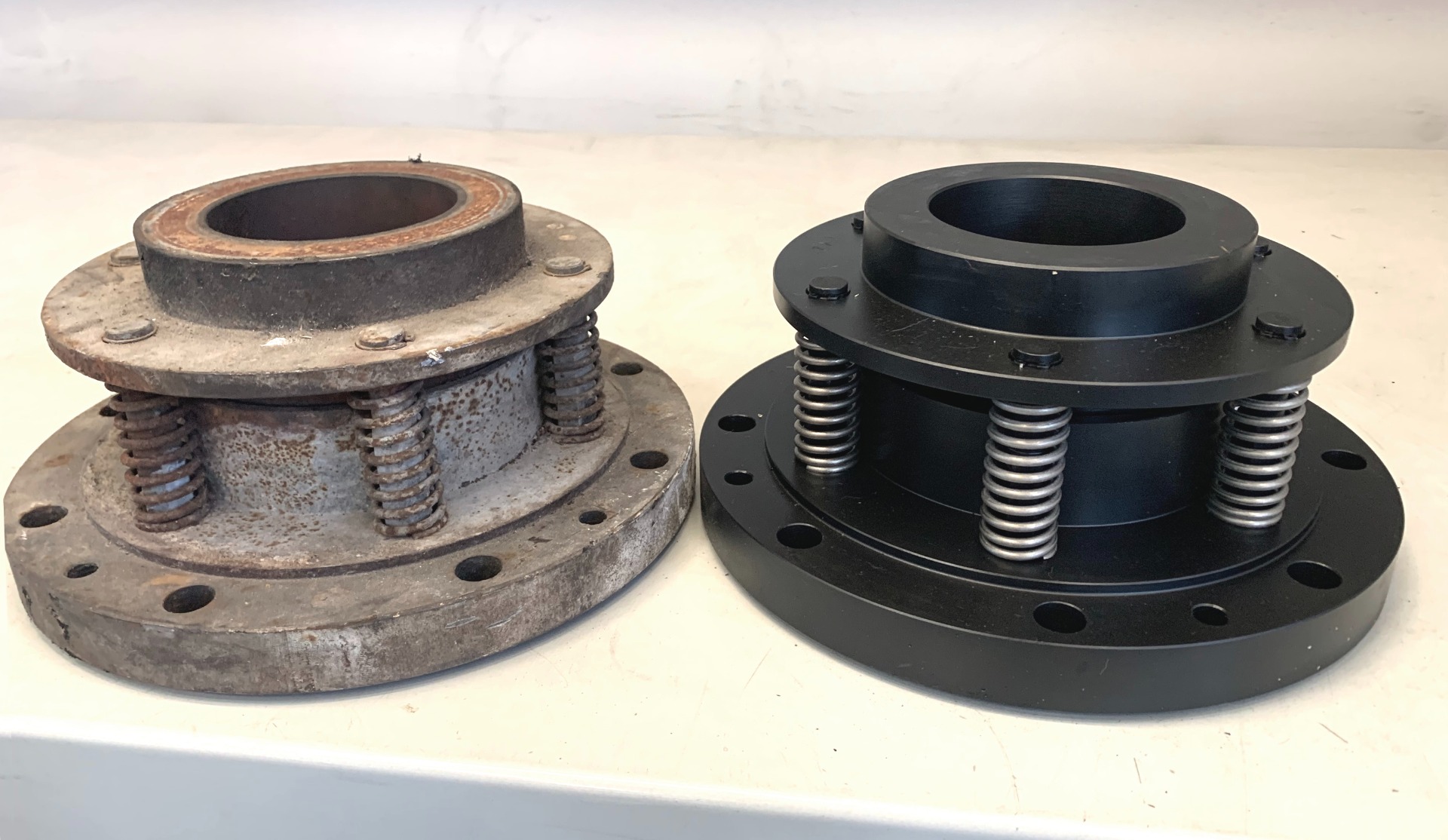
Author of the article
WANT TO KNOW MORE ABOUT OUR PRODUCTS?
DO YOU NEED SUPPORT?
DOES YOUR APPLICATION NEED A SPECIAL SOLUTION?
+39.023394091



















